Home>Furniture & Design>Outdoor Furniture>How To Seal Plywood For Outdoor Use
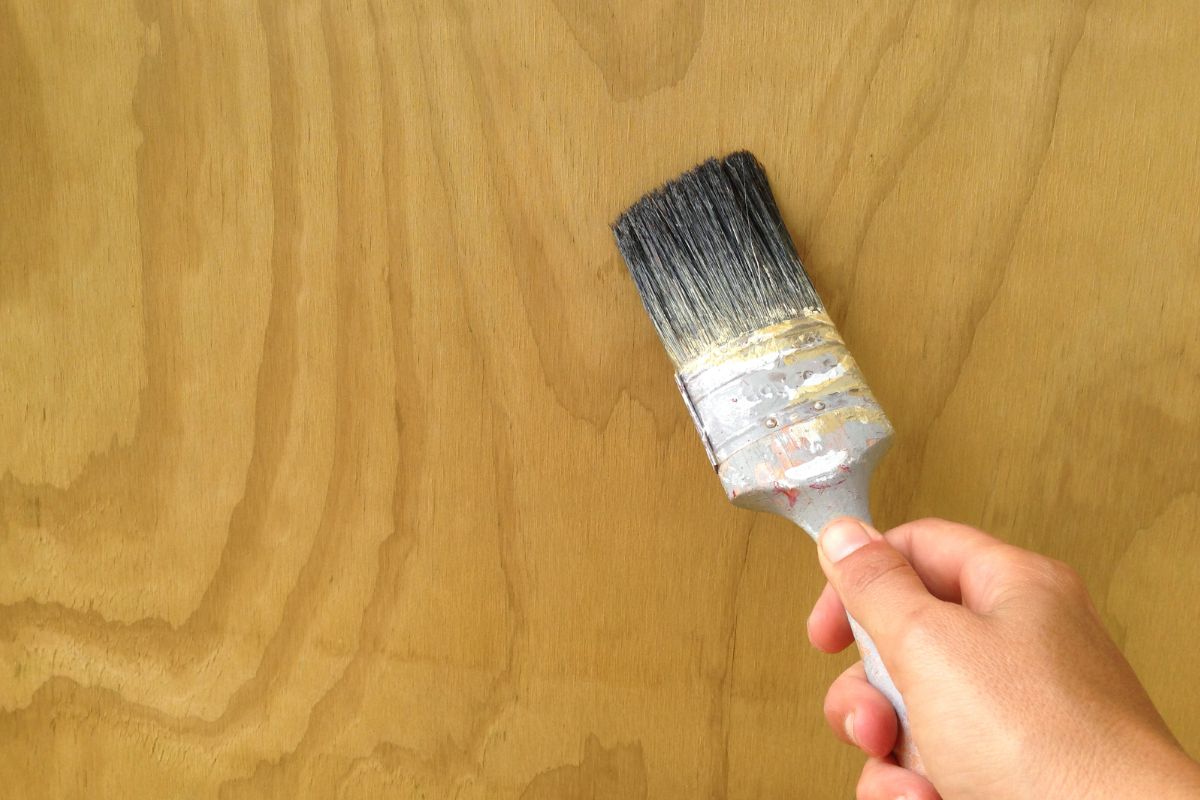

Outdoor Furniture
How To Seal Plywood For Outdoor Use
Published: January 16, 2024
Learn how to properly seal plywood for outdoor use to protect your outdoor furniture and design projects. Follow these expert tips for long-lasting results. Ideal for outdoor furniture, furniture, and design.
(Many of the links in this article redirect to a specific reviewed product. Your purchase of these products through affiliate links helps to generate commission for Storables.com, at no extra cost. Learn more)
Introduction
When it comes to outdoor furniture and design, plywood is a versatile and cost-effective material that is widely used for various projects. However, using plywood outdoors exposes it to the elements, including moisture, sunlight, and temperature fluctuations, which can lead to warping, rotting, and deterioration. To protect plywood from these outdoor challenges, it is crucial to seal it effectively. In this comprehensive guide, we will delve into the essential steps and considerations for sealing plywood for outdoor use, ensuring that your outdoor furniture and designs maintain their integrity and aesthetic appeal for years to come. Whether you are a seasoned DIY enthusiast or a professional designer, mastering the art of sealing plywood for outdoor use is a valuable skill that will enhance the longevity and durability of your creations. Let's embark on this journey to discover the best practices for sealing plywood and preserving its quality in outdoor settings.
Key Takeaways:
- Sealing plywood for outdoor use protects it from moisture and sunlight, preserving its appearance and structural integrity for long-lasting outdoor furniture and design projects.
- Proper maintenance, including regular cleaning and reapplication of sealant, is crucial for sustaining the protective qualities of sealed plywood in outdoor environments.
Read more: How To Paint Plywood For Outdoor Use
Understanding the Importance of Sealing Plywood for Outdoor Use
Before delving into the process of sealing plywood for outdoor use, it’s essential to grasp the significance of this protective measure. Plywood is a durable and cost-effective material, making it a popular choice for outdoor furniture, decks, and various design projects. However, plywood is inherently vulnerable to moisture, which can cause it to swell, warp, and eventually rot. Additionally, prolonged exposure to sunlight can lead to discoloration and degradation of the wood fibers, compromising the structural integrity of the plywood.
By sealing plywood for outdoor use, you create a barrier that shields it from moisture, preventing water from penetrating the material and causing damage. Furthermore, the right sealant provides UV protection, safeguarding the plywood from the harmful effects of sunlight. This not only extends the lifespan of outdoor plywood but also maintains its appearance and structural stability over time.
Whether you are constructing outdoor furniture, designing a deck, or embarking on a creative outdoor project, sealing plywood is a proactive measure that ensures the longevity and resilience of the wood in the face of nature’s elements. It’s a crucial step in preserving the beauty and functionality of outdoor plywood, allowing you to enjoy your creations for years to come without the worry of premature deterioration.
Choosing the Right Sealant for Plywood
When it comes to sealing plywood for outdoor use, selecting the right sealant is paramount to achieving optimal protection and longevity. There are various types of sealants available, each with its unique properties and application methods. Understanding the characteristics of different sealants will empower you to make an informed decision based on the specific requirements of your outdoor project.
1. Exterior-Grade Wood Sealant: Look for a sealant specifically formulated for exterior wood applications. These sealants are designed to withstand outdoor conditions, offering enhanced protection against moisture, UV rays, and temperature fluctuations. They often contain additives that inhibit mold and mildew growth, further preserving the plywood’s integrity.
2. Waterproof Sealant: Given plywood’s susceptibility to moisture, opting for a waterproof sealant is crucial, especially for outdoor furniture or structures exposed to rain, snow, or humidity. Waterproof sealants create a impermeable barrier, preventing water from seeping into the plywood and causing damage.
3. UV-Resistant Sealant: Sunlight can accelerate the degradation of plywood, leading to discoloration and weakening of the wood fibers. Choosing a sealant with UV-resistant properties provides an additional layer of defense against the damaging effects of prolonged sun exposure, preserving the natural appearance and strength of the plywood.
4. Clear vs. Tinted Sealants: Clear sealants maintain the natural appearance of the plywood, ideal for projects where the wood’s original color and grain pattern are desired. On the other hand, tinted sealants offer the option to add a touch of color to the plywood while providing protection. Consider the aesthetic preferences of your project when deciding between clear and tinted sealants.
5. Application Method: Some sealants are designed for brush application, while others can be sprayed or rolled onto the plywood. Consider the ease of application and the coverage area to ensure that the chosen sealant aligns with the requirements of your project.
By carefully evaluating these factors and selecting a sealant tailored to the demands of outdoor use, you can fortify your plywood against environmental stressors and enhance its durability, ensuring that your outdoor furniture and designs withstand the test of time.
Preparing Plywood for Sealing
Before applying the sealant, it is essential to properly prepare the plywood to ensure maximum adhesion and effectiveness of the sealing process. Adequate preparation not only optimizes the sealant’s performance but also contributes to the overall longevity and resilience of the plywood in outdoor environments. Here are the key steps to prepare plywood for sealing:
- Clean the Surface: Begin by thoroughly cleaning the plywood surface to remove any dirt, dust, or debris. Use a broom or vacuum to eliminate loose particles, followed by wiping the surface with a damp cloth to remove any remaining residue. Ensuring a clean surface is crucial for the sealant to adhere effectively.
- Sand the Plywood: After cleaning, lightly sand the plywood surface to smooth out any rough areas or imperfections. This step promotes better adhesion of the sealant and helps achieve a uniform finish. Use fine-grit sandpaper and work in the direction of the wood grain for optimal results.
- Fill Gaps and Voids: Inspect the plywood for any gaps, cracks, or voids that could compromise the effectiveness of the sealant. Fill these imperfections with an exterior-grade wood filler, ensuring that the surface is even and free of any potential entry points for moisture.
- Allow for Drying Time: If you have used a wood filler or if the plywood was previously exposed to moisture, allow sufficient time for the surface to dry completely before applying the sealant. This prevents trapped moisture from affecting the sealing process and the long-term performance of the plywood.
By diligently preparing the plywood surface, you create an optimal foundation for the sealant, enabling it to form a robust protective barrier that effectively guards the wood against outdoor elements. This proactive approach not only enhances the efficacy of the sealing process but also contributes to the overall durability and longevity of plywood in outdoor settings.
To seal plywood for outdoor use, apply a waterproofing sealant or outdoor wood varnish. Make sure to coat all surfaces, edges, and corners for maximum protection against moisture and weathering.
Applying Sealant to Plywood
Once the plywood is properly prepared, the next crucial step is the application of the sealant. This process requires attention to detail and precision to ensure thorough coverage and effective protection against outdoor elements. Here’s a comprehensive guide on how to apply sealant to plywood for outdoor use:
- Choose the Right Conditions: Select a day with moderate temperature and low humidity for the application of the sealant. Avoid applying the sealant in direct sunlight or on extremely hot or cold days, as these conditions can affect the drying and curing process.
- Stir the Sealant: If using a sealant that requires mixing, thoroughly stir the product according to the manufacturer’s instructions. Properly mixed sealant ensures uniform consistency and enhances its protective properties.
- Apply the First Coat: Using a brush, roller, or sprayer, apply the first coat of sealant to the plywood surface. Work methodically, covering the entire area with even strokes to achieve consistent coverage. Pay special attention to edges and corners to ensure no areas are left untreated.
- Allow for Drying Time: After applying the first coat, allow the sealant to dry as per the manufacturer’s recommendations. This drying period is crucial for the sealant to adhere to the plywood and form a protective barrier. Ensure the area is well-ventilated during the drying process.
- Apply Additional Coats: Depending on the specific sealant and the manufacturer’s instructions, apply additional coats of sealant as recommended. Multiple coats enhance the protective layer, increasing the plywood’s resilience against moisture, UV rays, and other outdoor stressors.
- Inspect for Uniformity: Once the final coat has been applied and dried, inspect the plywood surface to ensure uniform coverage. Look for any missed spots or uneven application, and touch up as needed to guarantee comprehensive protection.
By following these steps and adhering to the manufacturer’s guidelines, you can effectively apply the sealant to plywood, fortifying it against the harsh outdoor elements and ensuring its longevity and durability in various outdoor applications.
Read more: How To Seal Mdf For Outdoor Use
Tips for Maintaining Sealed Plywood Outdoors
After sealing plywood for outdoor use, proper maintenance is essential to uphold its protective qualities and prolong its lifespan in outdoor environments. By implementing the following tips, you can ensure that your sealed plywood remains resilient and visually appealing over time:
- Regular Cleaning: Periodically clean the sealed plywood surface to remove dirt, pollen, and other debris that can accumulate over time. Use a mild detergent and water solution, gently scrubbing the surface with a soft-bristled brush or cloth. Rinse thoroughly and allow the plywood to dry completely.
- Inspect for Damage: Routinely inspect the sealed plywood for any signs of wear, damage, or areas where the sealant may have worn off. Promptly address any issues by reapplying sealant to maintain the protective barrier and prevent moisture infiltration.
- Protect from Direct Exposure: Whenever possible, shield sealed plywood from prolonged direct exposure to harsh elements such as intense sunlight, heavy rain, or snow. Consider using protective covers or positioning outdoor furniture in shaded areas to minimize exposure and prolong the effectiveness of the sealant.
- Address Water Intrusion: In the event of water exposure, promptly dry the sealed plywood to prevent moisture from compromising the sealant and potentially affecting the wood. Proper drainage and ventilation around outdoor plywood structures can help mitigate the risk of water accumulation.
- Reapply Sealant as Needed: Over time, the protective sealant on plywood may wear down due to weathering and use. Be proactive in reapplying sealant as necessary to reinforce the protective barrier and maintain the plywood’s resistance to moisture and UV rays.
- Monitor for Mold and Mildew: Keep an eye out for any signs of mold or mildew growth on sealed plywood surfaces, especially in humid or shaded areas. Promptly address any fungal growth with appropriate cleaning methods and consider using mold-inhibiting sealants for future applications.
By incorporating these maintenance practices into your outdoor care routine, you can preserve the integrity and protective qualities of sealed plywood, ensuring that it continues to withstand the rigors of outdoor exposure and remains an enduring element of your outdoor designs and furniture.
Conclusion
Sealing plywood for outdoor use is a fundamental step in safeguarding its integrity and enhancing its longevity in various outdoor applications, from furniture and decking to creative design projects. By understanding the importance of sealing plywood and selecting the right sealant tailored to outdoor requirements, you can fortify plywood against moisture, UV rays, and other environmental stressors, ensuring its resilience and aesthetic appeal over time.
Properly preparing the plywood surface and meticulously applying the sealant are critical components of the sealing process, contributing to the effectiveness and durability of the protective barrier. Additionally, implementing maintenance practices such as regular cleaning, proactive inspection, and timely reapplication of sealant enables you to uphold the protective qualities of sealed plywood and mitigate the impact of outdoor elements.
Whether you are embarking on a DIY outdoor furniture project or designing outdoor structures, mastering the art of sealing plywood for outdoor use empowers you to create enduring and visually striking elements that withstand the test of time. With the knowledge and practices outlined in this guide, you are equipped to preserve the beauty and functionality of plywood in outdoor settings, ensuring that your creations endure and thrive amidst nature’s elements.
By embracing the principles of effective sealing and proactive maintenance, you can elevate the durability and resilience of plywood in outdoor environments, enabling you to enjoy the fruits of your outdoor designs and furniture for years to come.
Frequently Asked Questions about How To Seal Plywood For Outdoor Use
Was this page helpful?
At Storables.com, we guarantee accurate and reliable information. Our content, validated by Expert Board Contributors, is crafted following stringent Editorial Policies. We're committed to providing you with well-researched, expert-backed insights for all your informational needs.
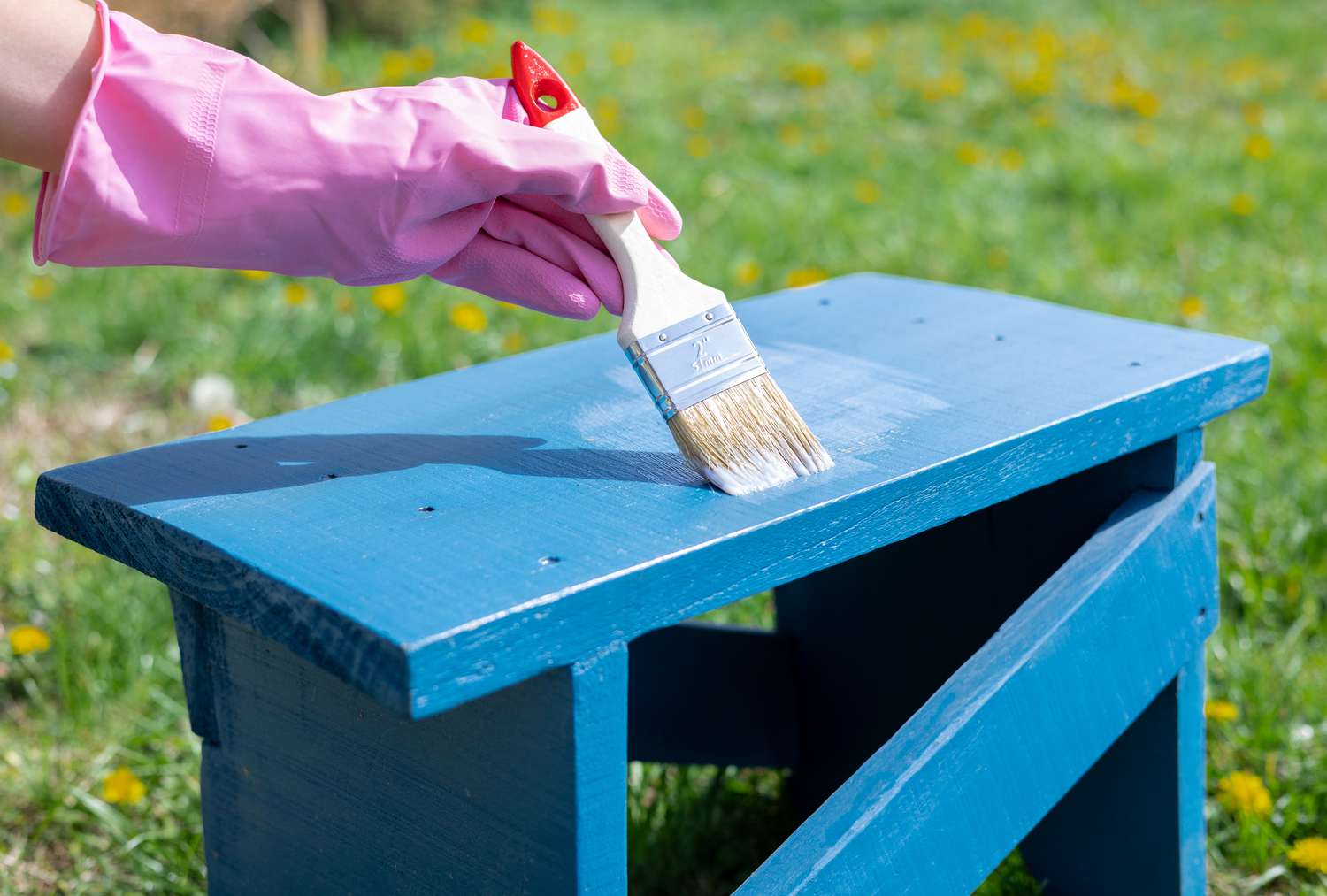
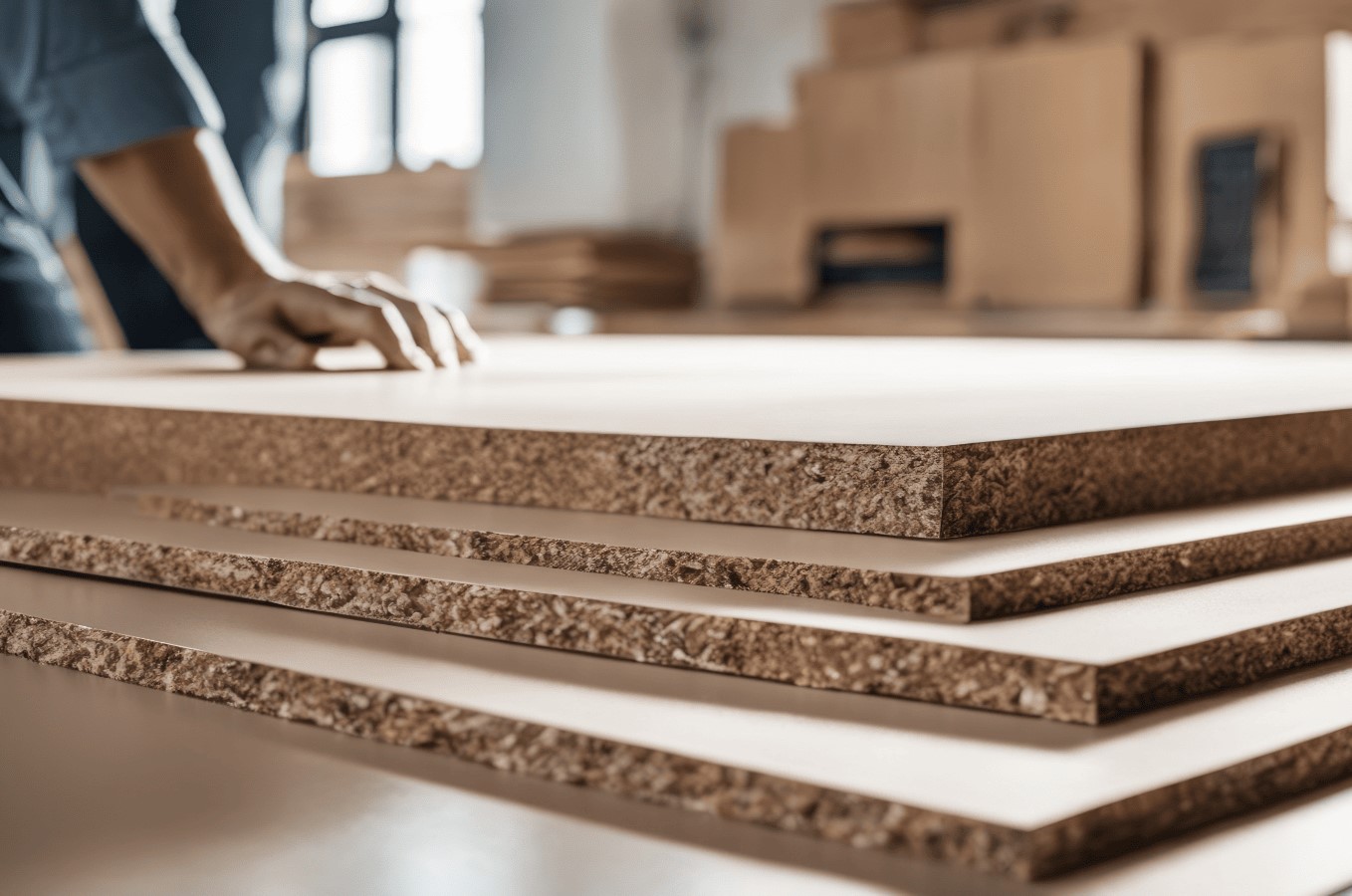
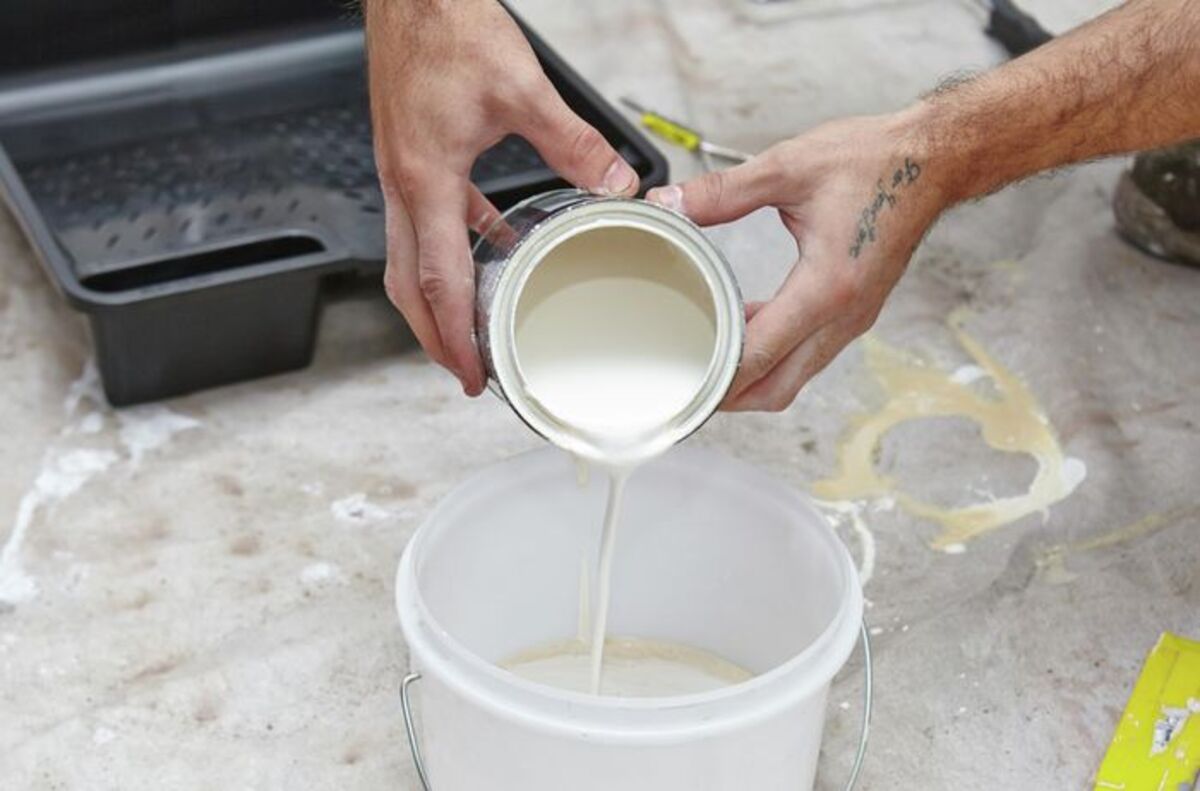
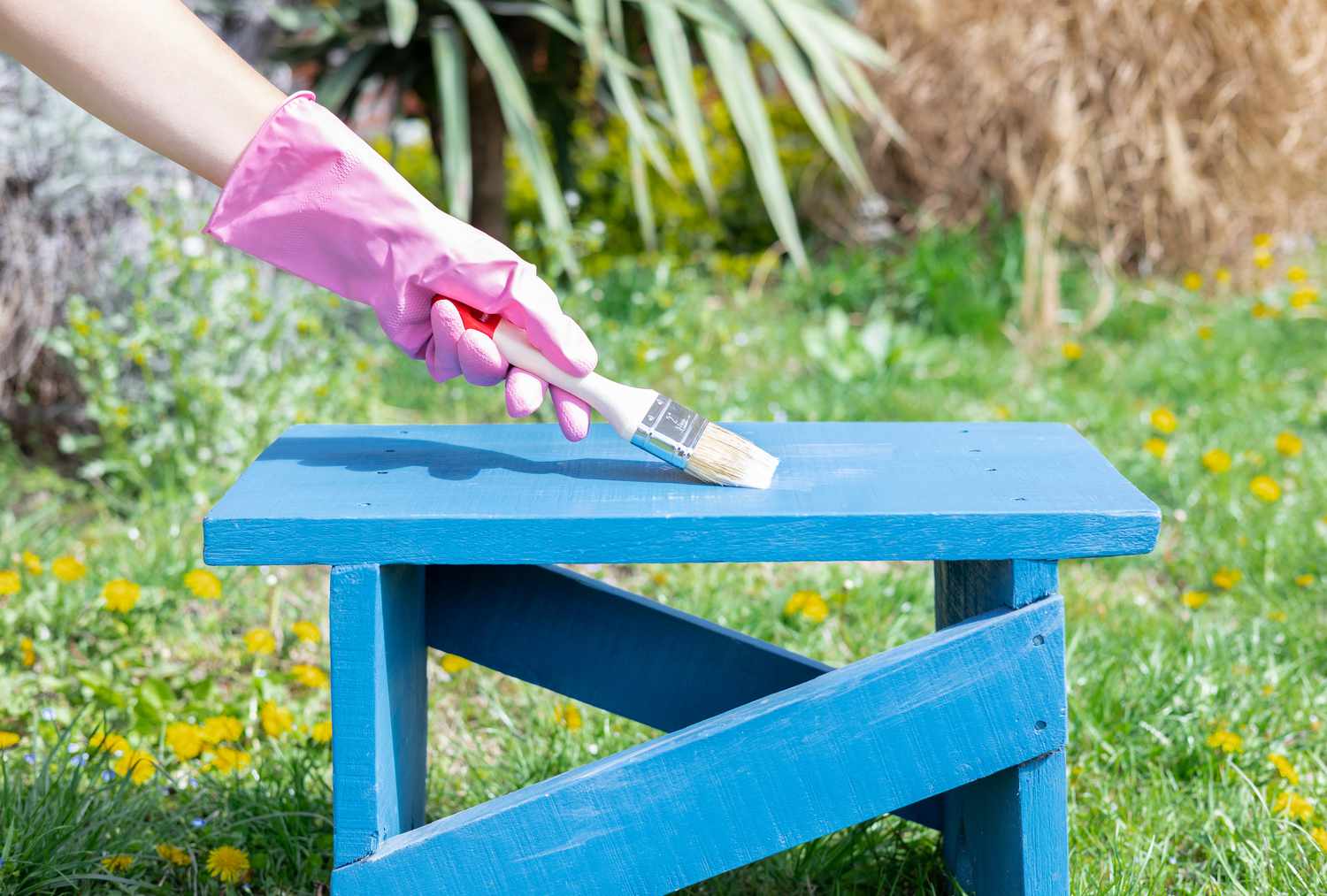
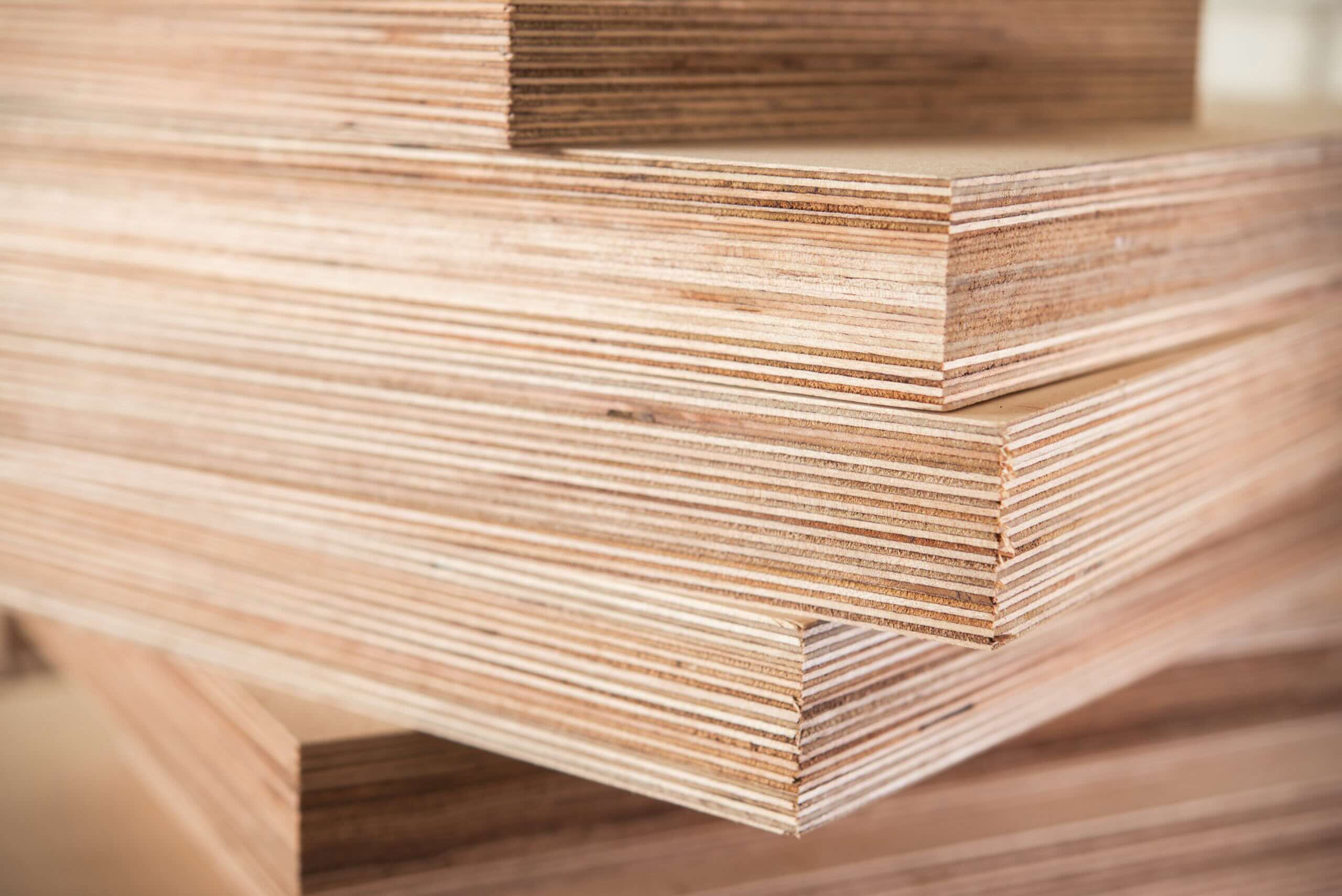

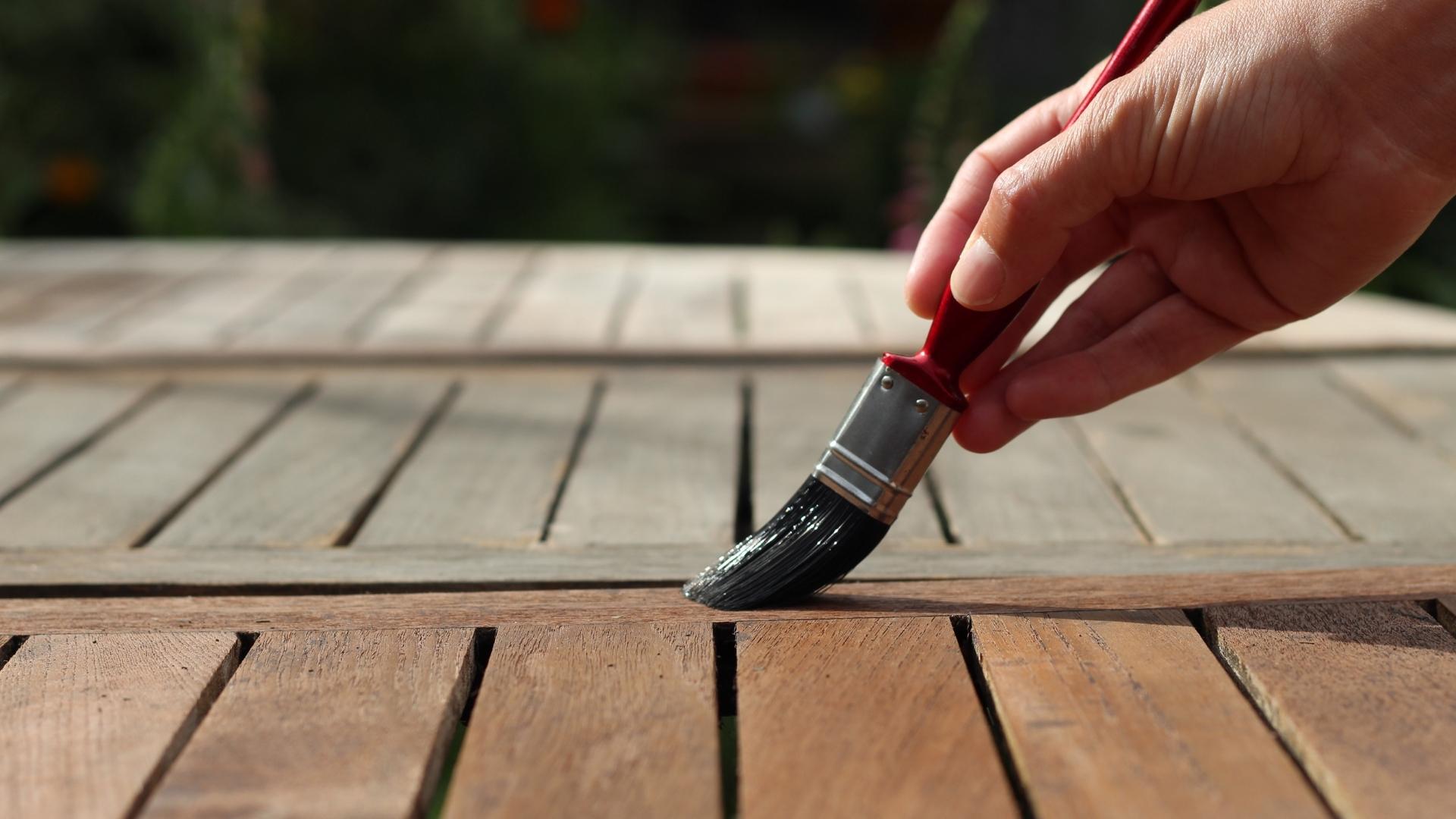
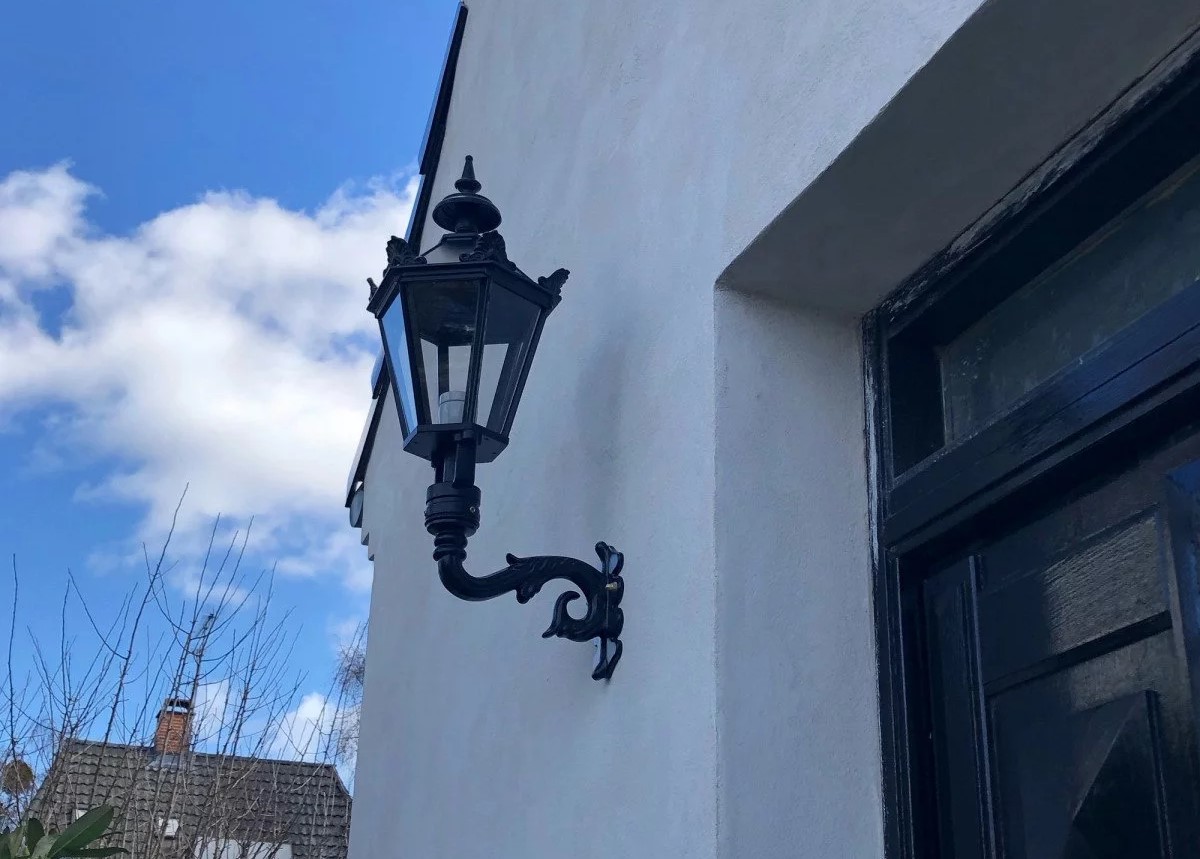
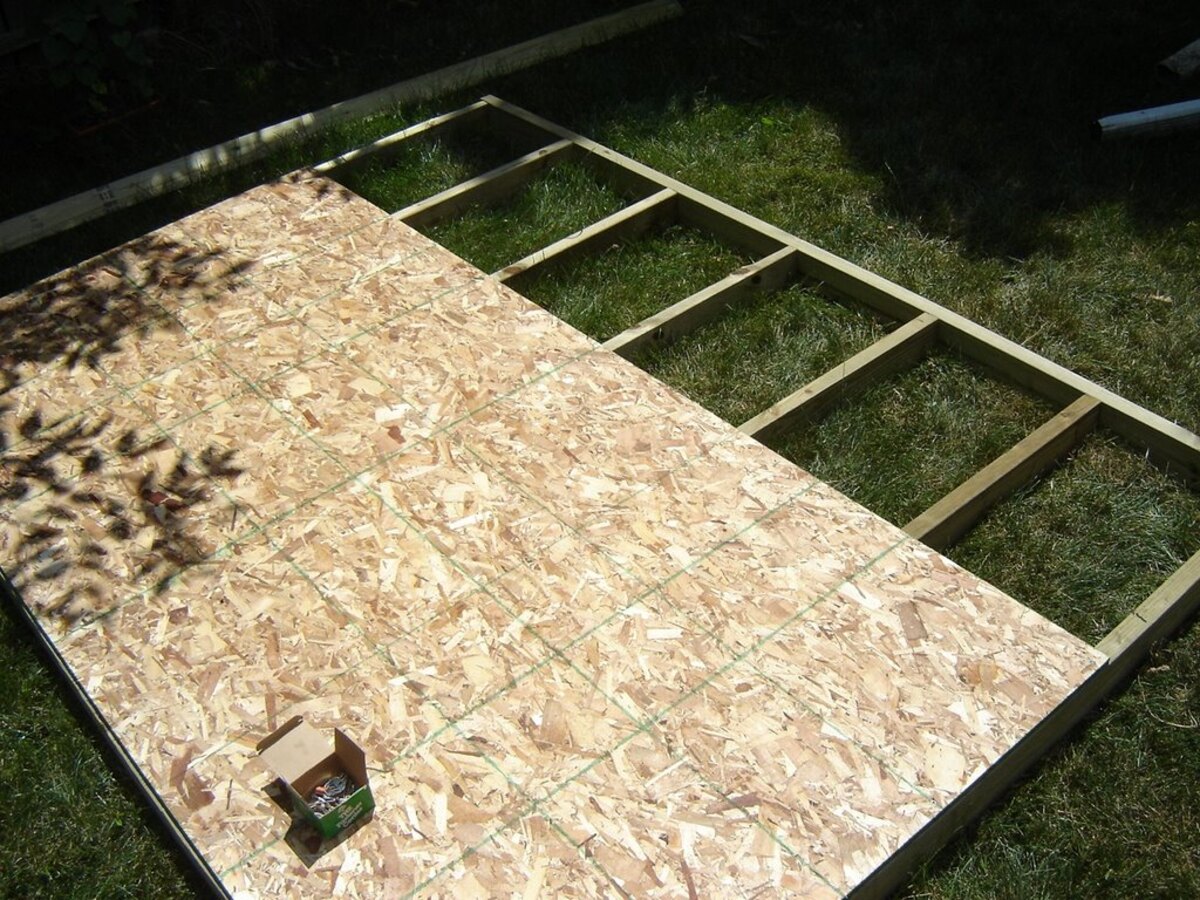
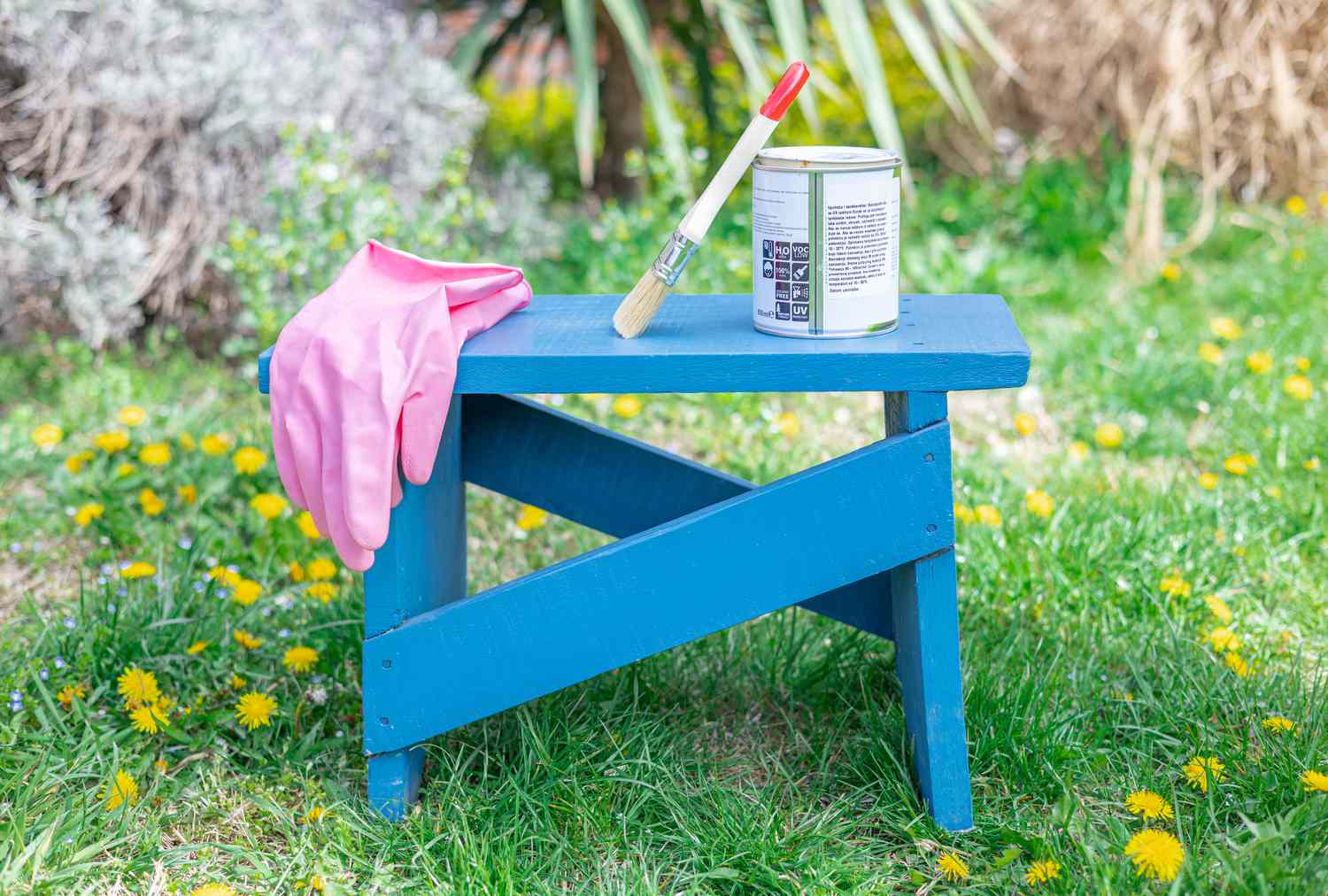
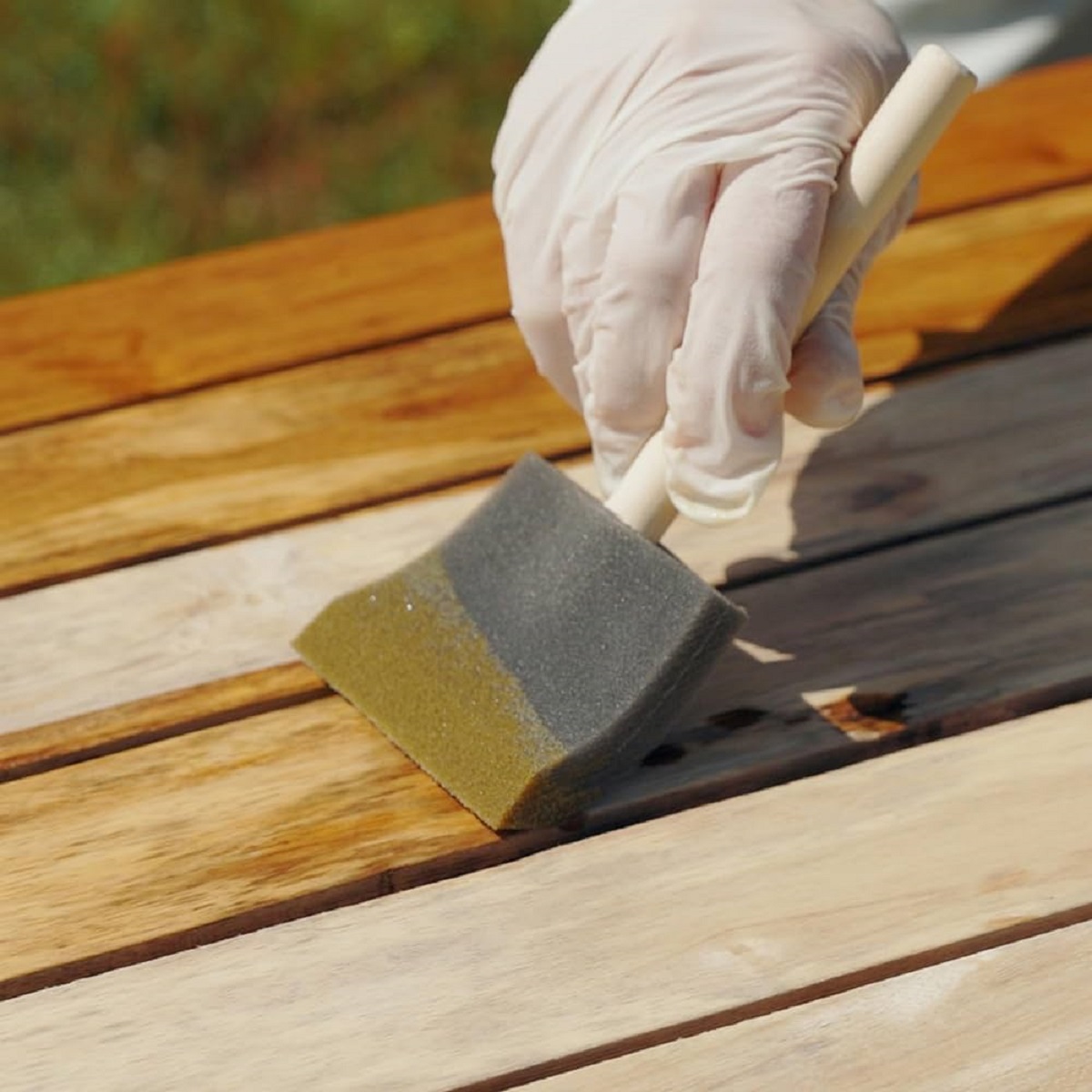
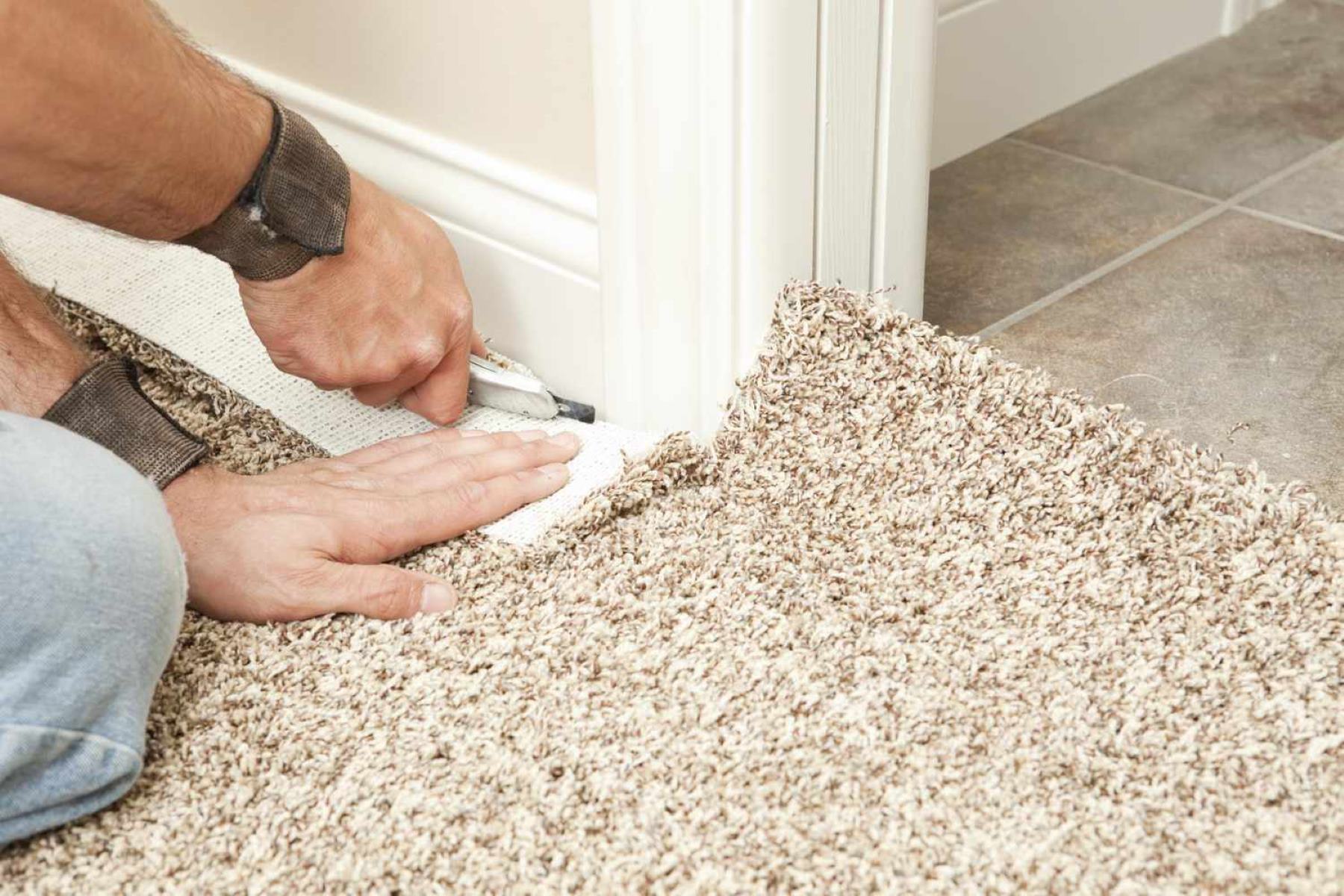
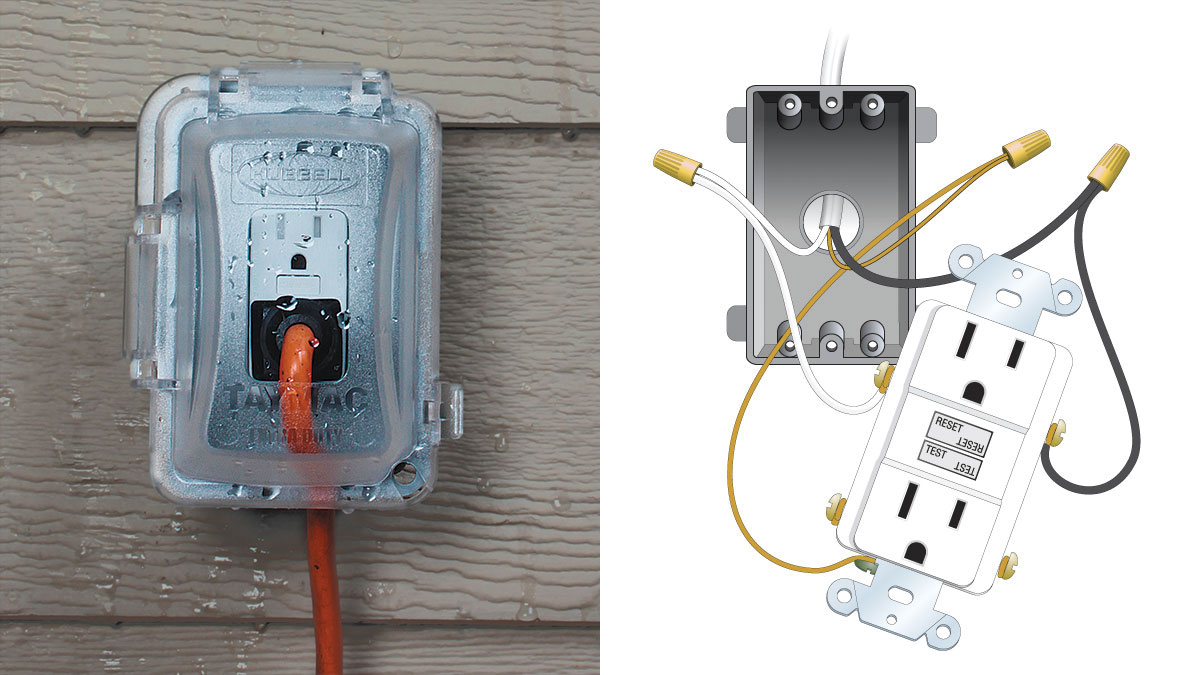
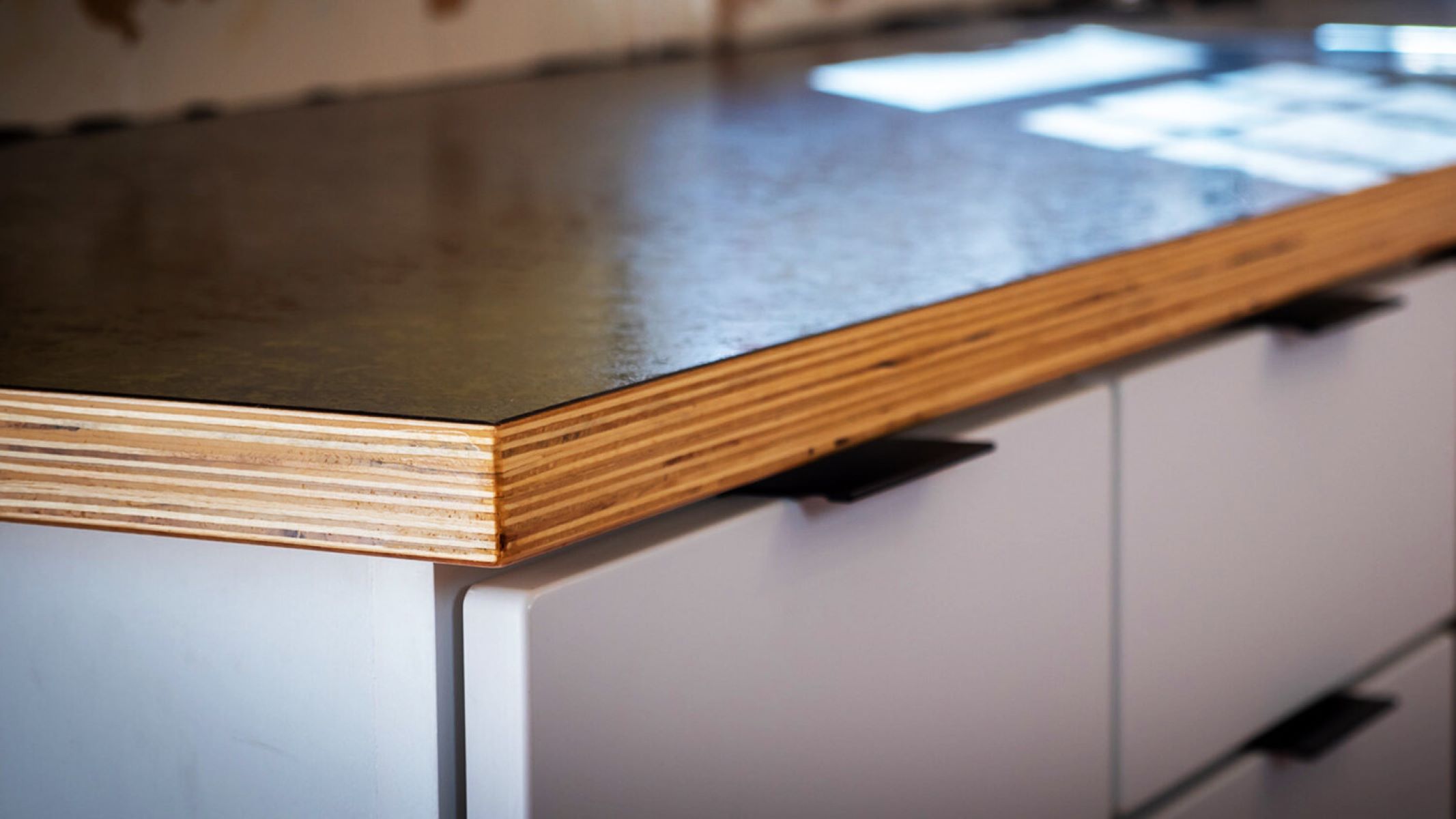

0 thoughts on “How To Seal Plywood For Outdoor Use”